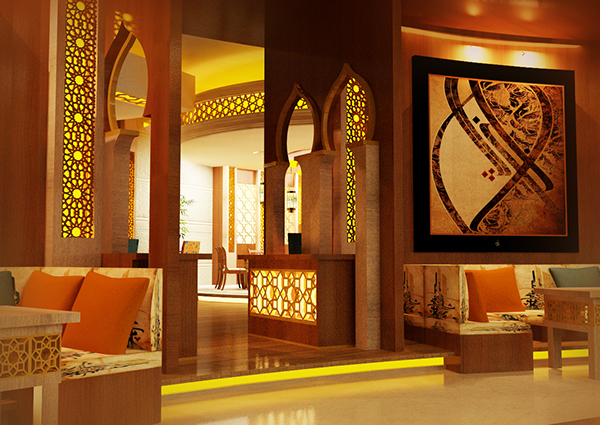Islamic design used a great deal of geometric, nonrepresentational patterns. This was especially true in the use of tiles, which used patterns that originated in textiles like carpets. The Mosque of Sultan Ahmed used over 20,000 tiles with over 50 different tulip designs and had 200 stained glass windows.
Another iconic Islamic building is the Taj Mahal in India. It was constructed under the rule of Mughal Emperor Shah Jahan after the death of his wife. Hundreds of years later, it still stands with impeccable stability considering the shear magnitude and complexity of the design. In Spain, Islamic design fused with European influences. This resulted in buildings like Alhambra, a palace and fortress complex built by Ibn Ahmar in Granada. It incorporated Arabesque design like acanthus leaves and vines. Its most notable features, however are the muqarnas, which are filled arches and domes places throughout the palace. These design features clearly represent the Islamic style that continues to influence design today.
Current Examples
A restaurant using ogival arches, lanterns, and Arabic lettering
A room incorporating Islamic patterns and arches
Modern bathroom featuring Islamic wall and floor tiles


No comments:
Post a Comment